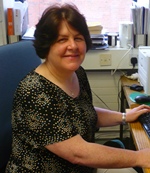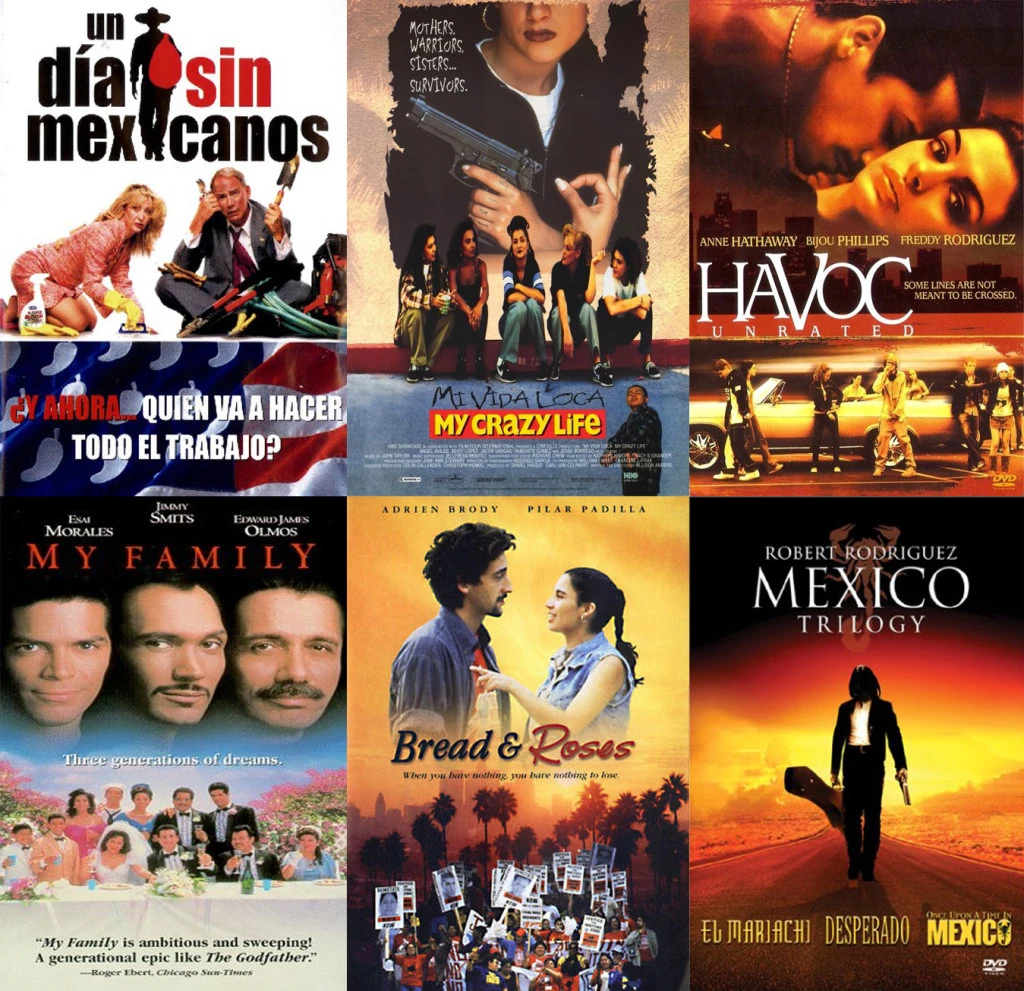Language, Space and the Evolving Chicano Family in Nava’s My Family
(pp. 73-85; DOI: 10.23692/iMex.2.6)
 Cargando...
Cargando...
 Cargando...
Cargando...Dr. Gabrielle Carty
 Dr. Gabrielle Carty is Lecturer in the School of Applied Language and Intercultural Studies, Dublin City University. She holds a Masters in Italian cinema from the University of Reading and a PhD in Spanish cinema from Queen Mary, University of London. Her primary research interest is Spanish cinema. Her most recent publications are ‘Focalisation in the Representation of the Transcultural Encounter in Princesas (2005)’, in:Transcultural Encounters amongst Women: Redrawing Boundaries in Hispanic and Lusophone Art, Literature and Film2010, co-edited with Patricia O’Byrne and Niamh Thornton, and ‘A Cinematic Hybrid: El laberinto del fauno and Film Representations of the Spanish Civil War’, in: Legacies of War and Dictatorship in Contemporary Portugal and Spain 2011, edited by Alison Ribeiro de Menezes and Catherine O’Leary.
Dr. Gabrielle Carty is Lecturer in the School of Applied Language and Intercultural Studies, Dublin City University. She holds a Masters in Italian cinema from the University of Reading and a PhD in Spanish cinema from Queen Mary, University of London. Her primary research interest is Spanish cinema. Her most recent publications are ‘Focalisation in the Representation of the Transcultural Encounter in Princesas (2005)’, in:Transcultural Encounters amongst Women: Redrawing Boundaries in Hispanic and Lusophone Art, Literature and Film2010, co-edited with Patricia O’Byrne and Niamh Thornton, and ‘A Cinematic Hybrid: El laberinto del fauno and Film Representations of the Spanish Civil War’, in: Legacies of War and Dictatorship in Contemporary Portugal and Spain 2011, edited by Alison Ribeiro de Menezes and Catherine O’Leary.
This article focuses on My Family as an outstanding example of Chicano cinema that was successful in reaching both minority and so called mainstream audiences. In particular, the study explores the film’s use of language (specifically, code-switching), its representation of space (the film is set almost exclusively in East L.A.) and its representation of the family (the film depicts three generations of a Chicano family). These categories are examined in turn to determine the extent to which My Family enacts a dialectic between accessibility (openness to the dominant culture) and inaccessibility (the assertion of difference), concluding that the film rejects separatism and assimilation in favour of integration.
Guido Rings - Editorial
Thea Pitman - “Authentic” Chicano cinema?
Sarah Barrow - Humour in “Un Dia Sin Mexicanos”
Alexandra Simon López - Machismo in the “Mexico Trilogy”
Richard Mora - The Cinematic Cholo in “Havoc”
Gabrielle Carty - Integration in “My Family”
F.J. Castaño / D. Esteban Bretones / Tamar Abuladze - Spectators on “Bread and Roses”
Reseñas

